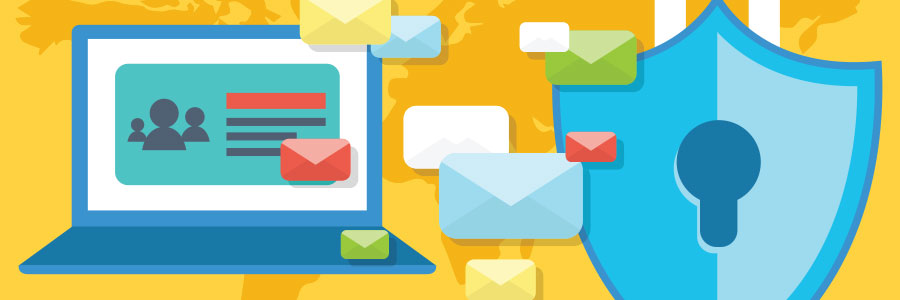Office 365 is a complete cloud solution that allows you to store thousands of files and collaborate on them, too. In addition to its productivity features, the service comes with security and compliance solutions that will help businesses avoid the crushing financial and legal repercussions of data loss.
How to protect your Office 365 data
How to prevent VoIP threats

Now that digital collaboration is an integral part of any business, VoIP has become indispensable. Unfortunately, as it becomes more widespread, so do the threats against it. These attacks may not be as serious as ransomware or phishing, but they’re just as dangerous to SMBs. Here are five ways to protect your VoIP network against these threats.
5 Cybersecurity measures anyone can master
4 misconceptions about the Cloud
How to wipe data from your old smartphone

Our mobile phones contain some of our most private data. There are contact details, confidential business emails, financial information, and possibly even risqué pictures that you wouldn’t want falling into the wrong hands. Factory reset is one way to get rid of everything if you’re moving on from your old phone, but there are a few other things you must do first.
Chrome to mark HTTP as ‘not secure’
Cybersecurity approaches to keep PHI safe
The importance of HTTPS

Very few internet users understand the meaning of the padlock icon in their web browser’s address bar. It represents HTTPS, a security feature that authenticates websites and protects the information users submit to them. Let’s go over some user-friendly HTTPS best practices to help you surf the web safely.
Protect your Mac from security threats
Phishers use encrypted sites to scam

Just when you thought cyber criminals couldn’t get smarter, along comes a new scamming technique. Previously used for safeguarding browsing activity, encryption tools are now used by hackers in carrying out phishing scams. This means some fraudulent sites may have HTTPS on their address, giving users a false sense of security.






